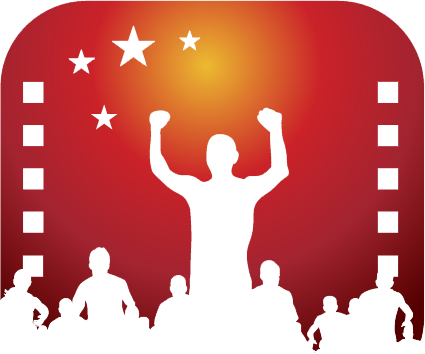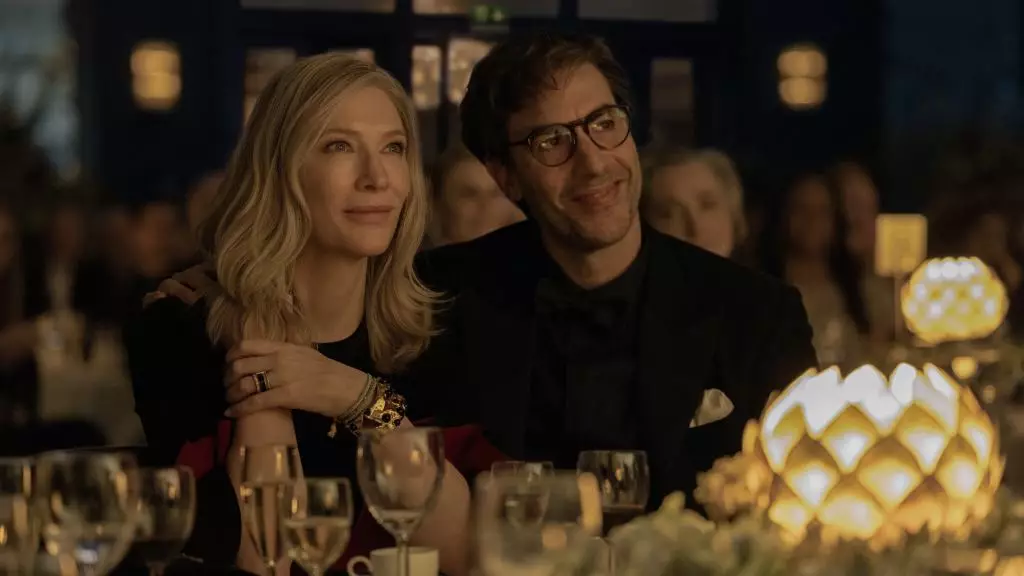The film industry has often been defined by individuals who wielded considerable power and influence—producers like David O. Selznick, Sam Goldwyn, and Darryl F. Zanuck were renowned for their demanding nature and hands-on approach in shaping cinematic narratives. With Selznick’s notorious penchant for micromanaging, one could only speculate how these titans of early Hollywood would handle the dynamic nature of today’s digital content creators. Would Selznick’s aggressive tactics serve merely as an anachronism in an era dominated by YouTubers, TikTok sensations, and rapid-fire influencer marketing? Or could these traditional barons of film partially adapt to survive and influence a flooded market overflowing with diverse new voices?
What is evident in their command over production—which frequently involved incessant notes and nervous micromanagement—was a clear determination to transform artistic visions into marketable properties. Selznick’s relentless pursuit of perfection often bordered on the tyrannical, leading us to ponder the adaptability of such authoritative leadership styles. It raises the question: how do today’s filmmakers like Alfonso Cuarón navigate this new landscape of creativity while maintaining an authenticity that resonates with modern audiences?
Today’s filmmakers are faced with a rapidly evolving marketplace heavily influenced by streaming platforms, social media, and new narrative structures. Take Cuarón’s latest endeavor, *Disclaimer*, for instance. Released on Apple+, the show has sparked considerable discussion for its ambitious narrative style and the star-studded cast featuring Cate Blanchett and Sacha Baron Cohen. This critically polarizing piece grapples with complex themes while exploring the unforeseen consequences of past tragedies. Some spectators hailed it as groundbreaking, while others complained about its convoluted approach, likening the experience to an arduous college lecture on Dostoevsky embellished with slide presentations.
In stark contrast to Selznick’s era, filmmakers today exist in a creative landscape enriched by instant feedback and digital discourse. The stakes are high as audiences survey, criticize, and comment in real time—a phenomenon that could be both a blessing and a curse for storytellers striving to forge connections through their work.
Despite the immense freedom experienced by modern creatives, it’s also essential to recognize that limitations still exist. The opinions of critics, influencers, and fans can linger, creating a potent mix of pressure that requires film and television creators to negotiate their vision against audience expectations. Cuarón, a maestro of both Mexican and American cinema, earned his prominence by deftly weaving personal and universal narratives in films like *Roma*. Still, one has to wonder if his creative spirit could withstand the kinds of probing critiques common in Selznick’s day.
Historically, Selznick’s productions were rife with his relentless memos and unsolicited feedback—such as the famous battle over Rock Hudson’s hairstyle and the tumultuous reshuffling of directors on *Gone with the Wind*. In an era defined by strict control, how would someone like Cuarón thrive—or even survive—within such a constraining environment? Undeniably, Selznick’s ability to select poignant stories from literary giants like Dickens or Steinbeck was impressive, yet today’s filmmakers aim for a different kind of resonance, marrying classic narratives with contemporary realities that reflect changing social paradigms.
Younger directors like Emerald Fennell and Margot Robbie are also poised to reinterpret classic literary works — an endeavor distinctively separate from the formulas of old Hollywood. Their fresh perspectives and embracing of alternative storytelling formats indicate that the creative landscape is not merely expanding; it’s transforming into a space where diverse narratives can flourish, unshackled from antiquated production models and egocentric producers.
If Selznick and his contemporaries were present today, one can imagine a flurry of memos and heated discussions erupting over the new rules of storytelling, expansive character arcs, and multidimensional narratives. Despite the potential for interaction between past and present, the consistency of creative evolution suggests that the filmmakers of today—and tomorrow—are compelled to dance to a tune entirely their own.
The conversation surrounding the juxtaposition of traditional and modern filmmaking underscores not only a shifting paradigm but also a rich opportunity for synergy. As we project into the future, it’s likely that producers—both traditional and contemporary—will need to adapt to the demands of an audience that craves innovative storytelling. This evolution could yield a unique collaboration of styles, where historical insights coexist with avant-garde experimentation, ultimately forging a captivating new chapter in cinematic history.
In a marketplace that thrives on new ideas, the legacies of the past could serve as both cautionary tales and inspirations—reminding us that while the industry may be flooded with noise, those who can harness their creativity wisely will emerge as the true maestros of modern storytelling.


Leave a Reply